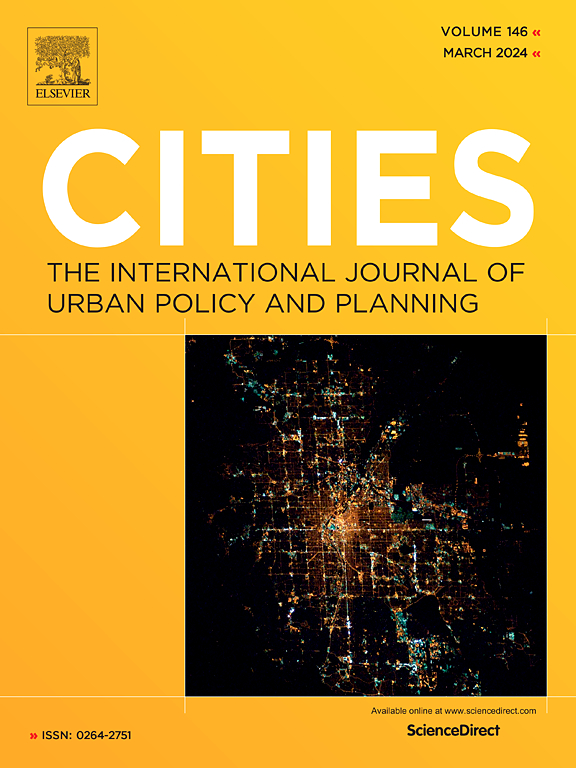青少年物理住房环境不足与成年期监禁的纵向关系:性别和种族/民族差异的探讨
IF 6.6
1区 经济学
Q1 URBAN STUDIES
引用次数: 0
摘要
根据发育和生命过程理论,本研究确定青少年时期物理住房环境不足是成年期监禁的重要风险因素。在先前将住房条件与健康和社会结果联系起来的研究的基础上,本研究将重点放在成年人参与刑事司法方面。使用来自国家青少年到成人健康纵向研究(Add Health)的数据,我们研究了青少年物理住房环境不足与随后的监禁之间的关系,以及这种关系是否因性别和种族/民族而异。监禁结果分为短期监禁(1个月或更短)和长期监禁(2个月或更长)。多项逻辑回归模型显示,青少年时期较差的住房条件与短期和长期监禁的风险增加显著相关,对长期监禁的影响更大。相互作用模型显示,这种联系在性别上没有显著差异,但与黑人和西班牙裔相比,在白人中更为明显。这些发现突出了青少年环境不利对司法系统结果的长期影响,并强调了改善住房条件作为降低监禁风险的更广泛战略的一部分的重要性。针对住房、种族/民族和结构性不平等的交叉点采取量身定制的干预措施,对于减轻长期刑事司法介入至关重要。本文章由计算机程序翻译,如有差异,请以英文原文为准。
The longitudinal relationship between inadequate physical housing environment in adolescence and incarceration in adulthood: Exploring gender and racial/ethnic differences
Drawing from developmental and life-course theory, this study identifies inadequate physical housing environment during adolescence as a significant risk factor for incarceration in adulthood. Extending prior research that links housing conditions to health and social outcomes, this study focuses on criminal justice involvement in adulthood. Using data from the National Longitudinal Study of Adolescent to Adult Health (Add Health), we examine the association between inadequate physical housing environment in adolescence and subsequent incarceration, and whether this relationship varies by gender and race/ethnicity. Incarceration outcomes are disaggregated into short-term (1 month or less) and long-term (2 months or more) incarceration. Multinomial logistic regression models show that poorer housing conditions during adolescence are significantly associated with elevated risks of both short- and long-term incarceration, with a stronger effect observed for long-term incarceration. Interaction models reveal that the association does not differ significantly by gender but is more pronounced among White individuals compared to Black and Hispanic individuals. These findings highlight the long-term impact of adolescent environmental disadvantage on justice system outcomes and underscore the importance of improving housing conditions as part of broader strategies to reduce incarceration risk. Tailored interventions that address the intersections of housing, race/ethnicity, and structural inequality are essential to mitigating long-term criminal justice involvement.
求助全文
通过发布文献求助,成功后即可免费获取论文全文。
去求助
来源期刊

Cities
URBAN STUDIES-
CiteScore
11.20
自引率
9.00%
发文量
517
期刊介绍:
Cities offers a comprehensive range of articles on all aspects of urban policy. It provides an international and interdisciplinary platform for the exchange of ideas and information between urban planners and policy makers from national and local government, non-government organizations, academia and consultancy. The primary aims of the journal are to analyse and assess past and present urban development and management as a reflection of effective, ineffective and non-existent planning policies; and the promotion of the implementation of appropriate urban policies in both the developed and the developing world.
 求助内容:
求助内容: 应助结果提醒方式:
应助结果提醒方式:


